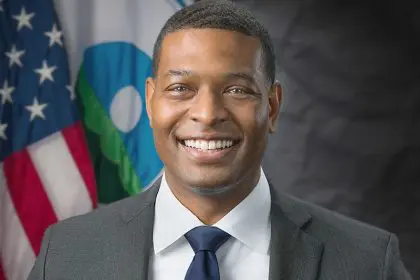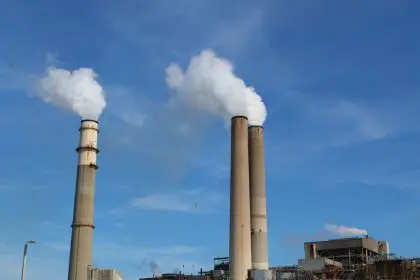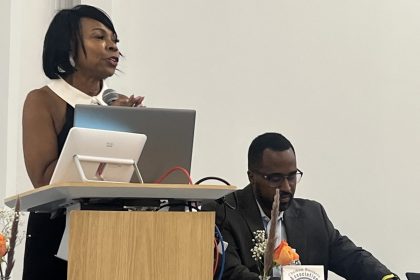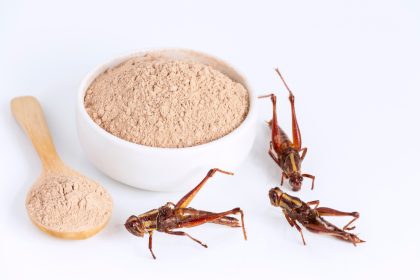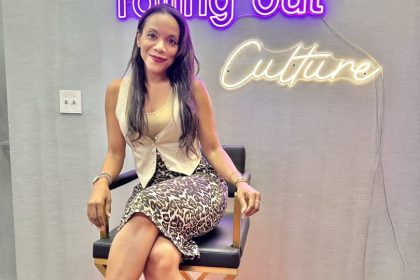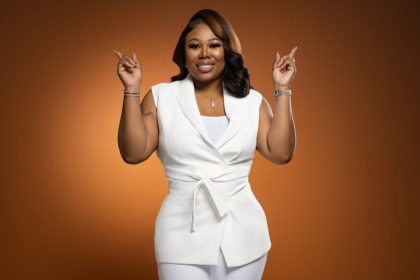Michael S. Regan, the 16th Administrator of the United States Environmental Protection Agency, brings a wealth of experience and a passion for environmental stewardship to his role. As the first Black man to lead the EPA, Regan’s journey from the coastal plains of North Carolina to the forefront of national environmental policy is marked by a commitment to public service, environmental justice, and innovative solutions to climate challenges. In this interview, Administrator Regan shares insights on climate action, community empowerment, and the transition to a clean energy economy.
[Editor’s note: This is a truncated transcribe of a longer video interview. Please see the video for the extended version. Some errors may occur.]
How can our community see cultural shifts in job opportunities and reduce costs in the energy sector during Climate Week?
President Biden just announced earlier this week that, thanks to the policies and the investment from the Inflation Reduction Act, we’re also seeing over $900 billion in private sector investment. A lot of that investment is going into our communities. And so, listen, if our communities are good enough to house coal plants and natural gas plants, as they start to phase out, we should be hosting clean energy plants, and we should be sure that our folks are upskilled so that they can work in this clean energy environment. In addition to not being dumped on with the pollution, and a lot of what we’ve done with these historic resources is to ensure that our communities are, number one, upskilled and prepared for the labor force for a clean energy economy.
But also, not being paternalistic about it, we’ve given away hundreds of millions of dollars in grants to Black, Brown, and tribal communities to fund innovative solutions that they’ve been talking about for decades. That will help grow their communities, grow the jobs, and reduce the pollution. So yes, we want to start with Matthew having all of us stop running the water—by the way, that saves on your water bill—but also, as we look at these innovative programs and invest in clean technology, whether it’s appliances in your home or your HVAC and heating system that’s more efficient (which saves you money), or if you’re working for a clean tech company that’s in your community, it’s a win-win-win all the way around. That’s what the President has been stressing from day one—bottom-up, not the top-down.
Can you name some key actors in the environmental justice movement?
There have been environmental justice leaders like Dr. Robert Bullard at Texas Southern University, who has been on the front lines of the environmental justice movement. Because he’s been in the fight for 30 to 40 years, actually—to reduce pollution in our communities, he naturally became an advocate for climate justice, because Black and Brown and tribal people are on the front lines of those impacts as well. When you look at his breadth of work, Dr. Bullard knows who’s been in the community fighting for decades, who has the great solutions, and who should be receiving the funding.
So, what we did was we made him a grant-maker, and we gave him $50 million to identify HBCUs, community activists, and organizations who have been fighting with over $10,000 and $20,000 grants. He is putting $100,000 to $200,000 in their hands so that their communities can reap the benefits of these solutions to tackle the climate crisis and also reduce the burden of pollution. But we have some heroes like Dr. Bullard. We’ve got some sheroes like Dr. Wright in Louisiana, who’s been at the center of the Cancer Alley fights, who’s been looking at her communities ravaged by hurricanes. She and others are managing $20 to $30 million grants as well, ensuring that local communities get these resources. So when I say I am not being paternalistic, the government shouldn’t be paternalistic. We’re putting our money where our mouths are, and we’re bringing people to the table and saying, “You can help deliver these resources responsibly, and we trust you to do it.”
How do you encourage the adoption of electric vehicles in our community?
Well, one of the things I say is some of the trepidation comes from a lack of infrastructure in our communities, and we have a $5 billion community grants program that allows people to compete. We’re starting to see grant applications for charging stations in our communities, and if there are charging stations nearby, that will reduce some of the anxiety. Listen, I’ve spent time with the CEOs of car companies to electric companies over the past two weeks. Both of them are talking about bringing more affordable products to the market and looking at this secondary used car market.
So, we have to get the prices down, we have to get the infrastructure in place, and once you do that, the reality is we are no different as consumers than anybody else. We want to get something that’s affordable, reliable, and we want to be able to charge that thing up. And I believe it’s our obligation to make sure that all of these opportunities are just as good for us and our community as they are for everyone else.

